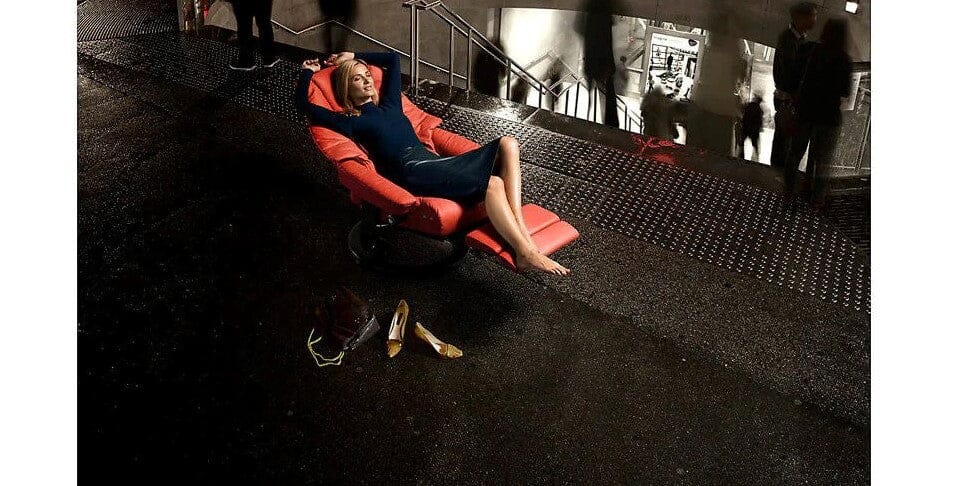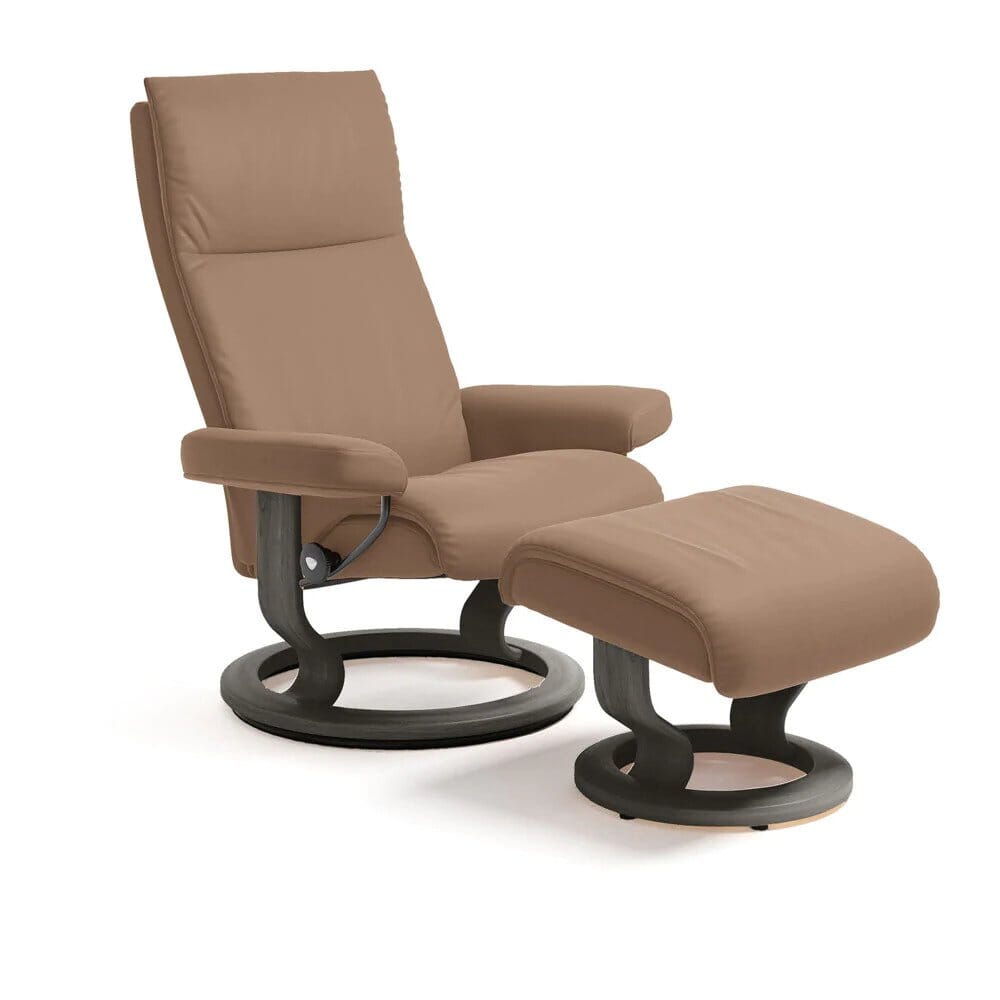800.605.1859 - FREE SHIPPING ON MOST ITEMS OVER $99.00
furniture
Accessories
lighting
Designers
- ACHILLE CASTIGLIONI
- ALBERTO MEDA
- ALESSANDRO MENDINI
- ALEXANDER GIRARD
- ALFREDO HABERLI
- ALVAR AALTO
- ANNA CASTELLI FERRIERI
- ANTONIO CITTERIO
- ARNE JACOBSEN
- BARBER & OSGERBY
- CARLO ALESSI
- CARLO MOLLINO
- CHARLES & RAY EAMES
- CHARLOTTE PERRIAND
- EERO SAARINEN
- EILEEN GRAY
- ENZO MARI
- ERNESTO GISMONDI
- ETTORE SOTTSASS
- ACHILLE CASTIGLIONI
- ALBERTO MEDA
- ALESSANDRO MENDINI
- ALEXANDER GIRARD
- ALFREDO HABERLI
- ALVAR AALTO
- ANNA CASTELLI FERRIERI
- ANTONIO CITTERIO
- ARNE JACOBSEN
- BARBER & OSGERBY
- CARLO ALESSI
- CARLO MOLLINO
- CHARLES & RAY EAMES
- CHARLOTTE PERRIAND
- EERO SAARINEN
- EILEEN GRAY
- ENZO MARI
- ERNESTO GISMONDI
- ETTORE SOTTSASS
sale
In-Stock Items
How World's Fairs Have Shaped the History of Architecture
June 03, 2015
 For over 150 years, World Expos have played a pivotal role in showcasing some of the most innovative and visionary concepts in design and architecture. Each one offers ambitious designers the chance to experiment with bold new approaches, to express their ideas in the purest form.
For over 150 years, World Expos have played a pivotal role in showcasing some of the most innovative and visionary concepts in design and architecture. Each one offers ambitious designers the chance to experiment with bold new approaches, to express their ideas in the purest form.Indeed, many of the monuments and structures that were built solely for these events have remained in their host cities, serving as icons and inspirations to other enterprising visionaries. Some of history’s greatest architects and designers cut their teeth on World Fairs. That is why I regularly stay on top of these expos – including the most recent one currently taking place in Milan, Italy – so as to inform my own design work as well as my choices in Modern Design Furniture.
Here is a sampling of some of the most memorable and consequential World Fairs for the design world:
The Great Exhibition of 1851 (London, U.K.)
The world’s first World Fair set the stage for the events’ consistent display of cutting-edge contemporary developments in the design and technology world. Though there were over 100,000 exhibitions, ranging from the latest printing presses to the rarest precious stones, the centerpiece was no doubt the Crystal Palace. Designed by Sir Joseph Paxton, the gleaming structure was built mostly of glass and iron, having the most glass ever seen in a building at that time.
The structure’s open interiors and rich natural lighting provided an ideal space of exhibits, inspiring modern design sensibilities to this day (open concept floor plans and ample glass remain the hallmarks of modern construction). The self-supporting shell, which relied on slim iron columns, reduced costs and introduced the idea of balancing form and function for efficiency – values that remain relevant in the 21st century.
The Universal Exposition of 1889 (Paris, France)
Like its predecessor, the Exposition Universelle de 1889 celebrated the latest achievements in architecture and technology, adding emphasis on the fine arts as well; this helped bridge the gap between aesthetics and engineering, previously seen as separate spheres of concern. The event’s central attraction and biggest claim to fame was the introduction of the newly built Eiffel Tower.
The tallest structure in the world at the time, it remains an icon of architecture for its clever yet aesthetic design (though at the time many criticized it for being an eyesore). Through the use of the latest engineering techniques, the Eiffel Tower became the harbinger of the concept of “structural art” – an engineering design that combines efficiency, economy, and elegance.
Expo 67 (Montreal, Canada)
The main feature in Canada’s Centennial commemoration, the fair’s central theme was “Man and His World”, which highlighted the cultural and technological developments taking place during a time of rapid change. While there were many significant exhibitions of structural art – Arthur Erickson’s Man in His Community, with its pyramidal and hexagonal wooden frames, and Frei Otto and Rolf Gutbrod’s tensile canopy structure for the German pavilion – it was the so-called Montreal Biosphere that stole the show.
The geodesic dome was designed by noted systems theorist and architect Buckminster Fuller for the U.S. pavilion. Composed of steel and acrylic cells, which came together to form a complex shading system for temperature regulation, it offered a sleek and modernistic view of the future. Like many of its predecessors, it had lasting influence in construction by emphasizing the ever-important balance between utility and style.
Given this track record, who knows what exciting and revolutionary new showcases await in Milan’s World Fair. I am looking forward to the inspiring and radical new designs in store. To see a vast selection of the latest modern furniture and home accessories, visit CA Modern Home at 1560 Lenox Ave. Suite 101 Miami Beach, Florida 33139 Monday through Saturday. Feel free to contact 800.605.1859 or email sales@camodernhome.com for more information.
Also in News
Subscribe
Sign up to get the latest on sales, new releases and more …






